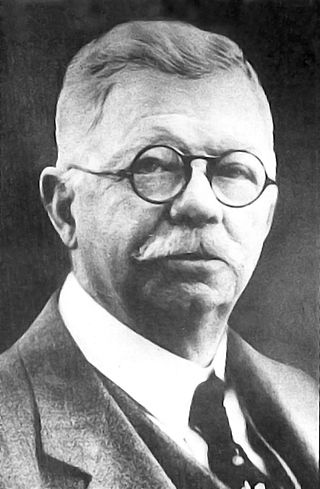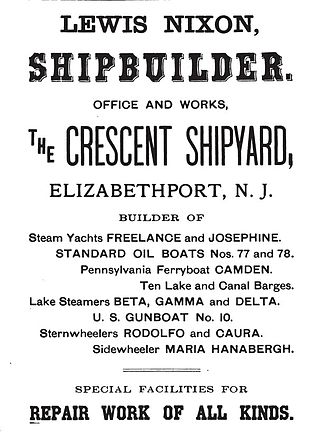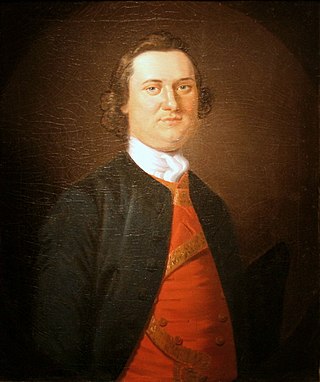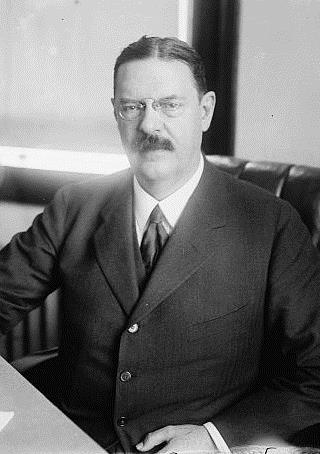
The 1880s was a decade of the Gregorian calendar that began on January 1, 1880, and ended on December 31, 1889.

John Philip Holland was an Irish engineer who developed the first submarine to be formally commissioned by the US Navy, and the first Royal Navy submarine, Holland 1.

USS Holland (SS-1) was the United States Navy's first modern commissioned submarine, although not the first military submarine of the United States, which was the 1775 submersible Turtle. The boat was originally laid down as Holland VI at the Crescent Shipyard of Elizabeth, New Jersey for John Philip Holland's Holland Torpedo Boat Company, and launched on 17 May 1897. She was acquired by the USN on 11 April 1900 and commissioned on 12 October 1900, Lieutenant H. H. Caldwell commanding.

Elmer Ambrose Sperry Sr. was an American inventor and entrepreneur, most famous for construction, two years after Hermann Anschütz-Kaempfe, of the gyrocompass and as founder of the Sperry Gyroscope Company. He was known as the "father of modern navigation technology".

Simon Lake was a Quaker American mechanical engineer and naval architect who obtained over two hundred patents for advances in naval design and competed with John Philip Holland to build the first submarines for the United States Navy.

Intelligent Whale is an experimental hand-cranked submarine developed for potential use by the United States Navy in the 1860s.

Crescent Shipyard, located on Newark Bay in Elizabeth, New Jersey, built a number of ships for the United States Navy and allied nations as well during their production run, which lasted about ten years while under the Crescent name and banner. Production of these ships began before the Spanish–American War and occurred far before the outbreak of World War I. Arthur Leopold Busch, a recent emigre from Great Britain, started the yard with former Navy Lt. Lewis Nixon in January 1895. Both men previously worked for William Cramp & Sons in Philadelphia. Both Nixon and Busch were regarded to be amongst the best in their respected fields - and what they did at this time - as designers and builders of the latest, most advanced types of ships.

Lewis Morris was an American Founding Father, landowner, and developer from Morrisania, New York, presently part of Bronx County. He signed the U.S. Declaration of Independence as a delegate to the Continental Congress from New York.

The Holland III was an early prototype submarine made by John Holland. The 16-foot 1-ton model was a scaled-down version of the Fenian Ram intended for experiments to help him improve navigation.
The Bureau of Construction and Repair (BuC&R) was the part of the United States Navy which from 1862 to 1940 was responsible for supervising the design, construction, conversion, procurement, maintenance, and repair of ships and other craft for the Navy. The bureau also managed shipyards, repair facilities, laboratories, and shore stations.

Frank Taylor Cable was an early pioneer in submarine development and piloted the first United States Navy submarine, USS Holland during its pre-commissioning trials.

Lewis Nixon was a naval architect, shipbuilding executive, public servant, and political activist. He designed the United States' first modern battleships, and supervised the construction of its first modern submarines, all before his 40th birthday. He was briefly the leader of Tammany Hall. He started an ill-fated effort to run seven major American shipyards under common ownership as the United States Shipbuilding Company, and he was the chair of the New York City commission building the Williamsburg Bridge.
Julius Hermann Kroehl was a German American inventor and engineer. He invented and built the first submarine able to dive and resurface on its own, the Sub Marine Explorer, technically advanced for its era. His achievements in architecture, civil and mechanical engineering were also significant.
Arthur Leopold Busch or Du Busc was a British-born American naval architect responsible for the development of the United States Navy's first submarines.
Elihu Brintnal Frost was an American lawyer with an early involvement in the submarine industry.

USS Plunger was an experimental submarine built for the United States Navy. She was ordered in 1895 and launched in 1897, but was never commissioned for active service. She is not to be confused with the later USS Plunger (SS-2), a.k.a. A-1, which served in the Navy from 1903 to 1913.
George Collin Baker was an American inventor and submarine pioneer.

Holland Torpedo Boat Company was founded by John Philip Holland in 1893. Holland was an Irish engineer-inventor, who designed and built the first practical submarine. His Holland VI was renamed the USS Holland (SS-1), and became the US Navy's first submarine. In 1899 the Holland Torpedo Boat Company became part of the Electric Boat Company.

Holland Torpedo Boat Station is where the first United States Navy submarines were stationed for trials and training of submarine crews from 1899 to 1905. Holland Torpedo Boat Station was located in the community of Hamlet in New Suffolk, New York. Hamlet claims to be the first submarine base in the United States. The USS Holland was based at Hamlet's Holland Torpedo Boat Station from 1899 to 1905. Seven submarines built by the Holland Torpedo Boat Company – Electric Boat Company were stationed at Hamlet. Holland Torpedo Boat Station at Cutchogue Harbor was not designated a submarine base by the US Navy. The US Navy gave that title to Naval Submarine Base New London as the first submarine base. Naval Submarine Base New London was commissioned by the US Navy in 1916 as a dedicated submarine base.













